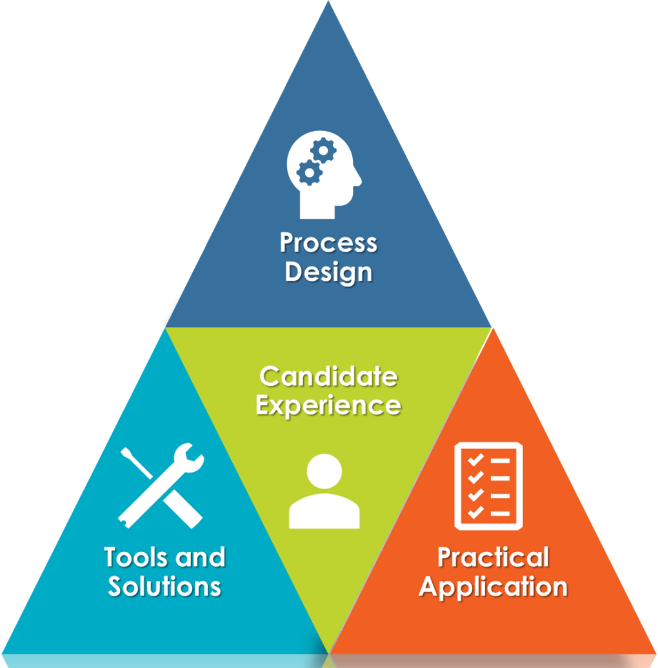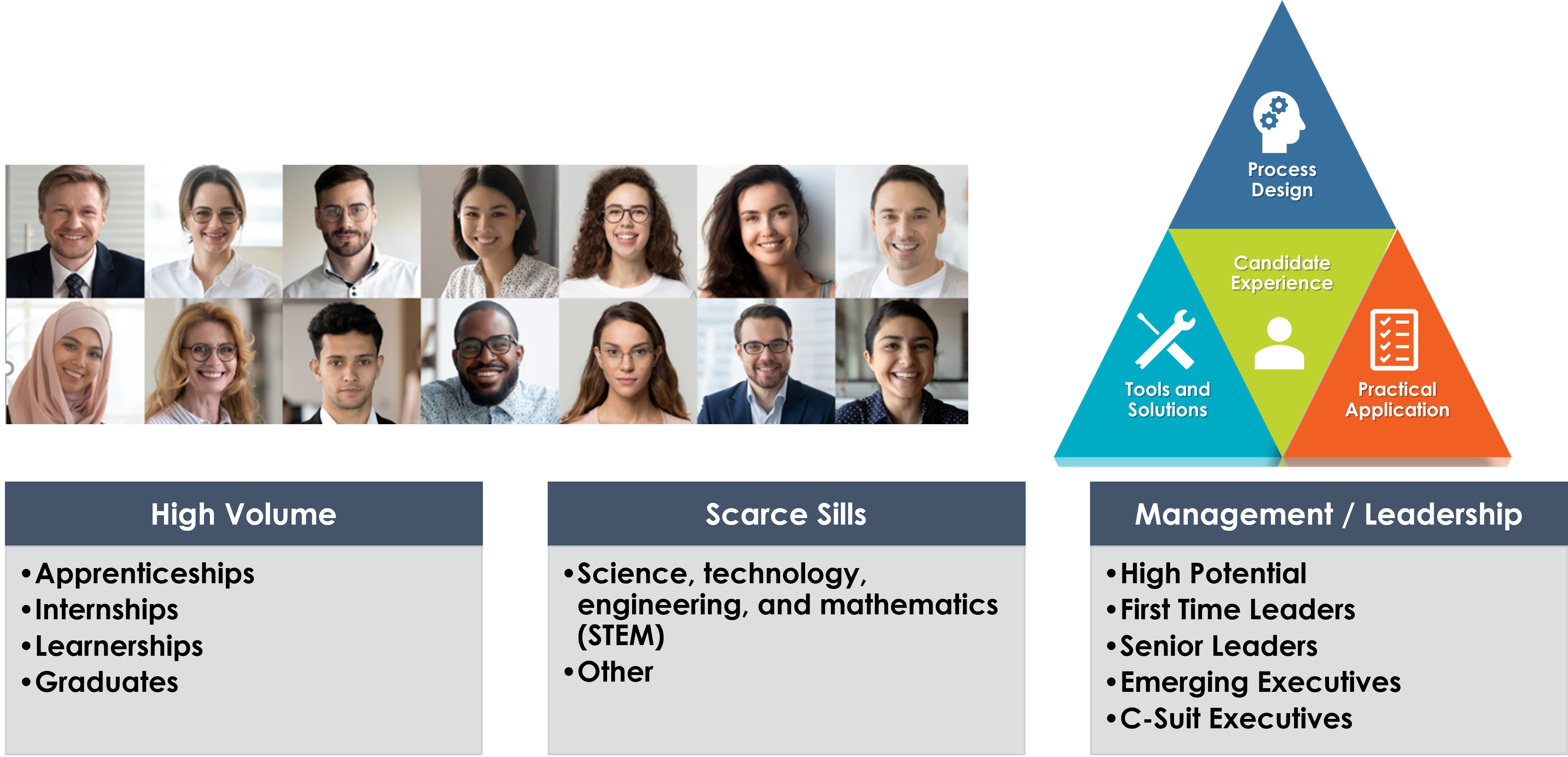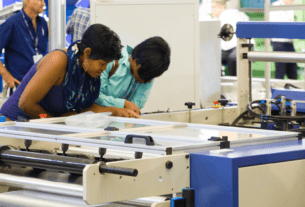Have you ever heard of the expression: “Different strokes for different folks?”.
It is believed that this expression originated in the USA during the 1960’s and that the first person to use it was Muhammed Ali. He used the phrase to explain how he obtained his knockout punches as he went on to defeat his opponents.
So, how does this relate to our dynamic world of talent acquisition?
Well, it’s easy. We simply can’t have a one-size-fits-all approach in our talent acquisition processes to cater for vastly different audiences. Organisations that are most successful in winning the war for talent, have very different process designs and architecture, considering the varying nature of roles, e.g., high volume versus specialist versus management. This might seem obvious, but how often do we review our solution architecture to ensure it is differentiated and fit for purpose?
The solution architecture should consider a variety of factors such as supply versus demand, time to hire pressures, intended outcomes, candidate experience and give back, to name a few. For example, when recruiting for an engineering role, it might be wise to conduct technical tests and skills assessments, whereas for a graduate role, one might rather focus on automating the screening processes and assess specifically for potential. In this example, one is not more important than the other, but the solution design in its entirety will be significantly different from each other.
Practical architecture considerations
The below graph offers a very simplistic illustration of some of the most important dimensions (process design, relevant tools, practical application, and candidate experience, to consider in your architecture as you cater your talent acquisition process to different audiences. Our sense of urgency is rising. To keep up in a world of ChatGPT and groceries in under 60 minutes, we must act fast. Part of acting fast is hiring fast. But this isn’t that simple. When a company has a vacancy, there is a workload that needs to be done by someone but with skills shortages and high unemployment rates, the search for and screening of appropriate candidates can take months.
Differentiated talent acquisition models not only allow for more efficient hiring processes and faster time to hire, but it also enables employers to better tailor their outreach efforts and leverage the right kind of data to make more informed hiring decisions. Different strokes for different folks- a simple concept, but one that is overlooked majority of the time.





